Percussion has a long and diverse history that is both ancient and modern.
In particular, there are many ethnic percussion instruments that have evolved uniquely in each region based on customs and traditions.
In this issue, I would like to introduce some of the most unique ethnic percussion instruments!
Udu drum
This percussion instrument looks like a mysterious pot! It would blend right in with the ambiance of any interior. The udu drum is a ceramic musical instrument with holes in its sides. It is played for festivals and ceremonies and it originates from the Ibo tribe in Nigeria.
I wondered if there were really that many variations of the sound made by striking the pots, but when I saw it played with various instruments in the video below, I was excited to see how it could be incorporated into all different kinds of music...! I was excited to see it played with so many instruments...!
LP ( Latin Percussion ) / LP1400-UG Udrum
LP (Latin Percussion) Udrums. The lineup includes many unique shapes.
Developed by ceramicist Frank Giorgini, they are designed based on African traditions.
Rain Stick
As the name “rain” suggests, the rainstick is a musical instrument that makes the sound of rain falling.
It is a traditional instrument that originated in Africa and has been used in rain-making ceremonies.
When tilted, it can reproduce the sound of pouring rain. Please enjoy this pleasant sound of nature at home...
Nino's Rain Stick is made of lightweight resin! Recommended for small children.
Singing Bowls
The origin of the singing bowl is said to date back 3,000 years. It is believed that they were found in Tibetan temples in India and Nepal and became popular as musical instruments because of the beautiful sound they produced when struck.
By rubbing or tapping the rim of the bowl, a mysterious sound with rich overtones can be heard.
SELA CAJON / SE 260 Singing Bowl
Handmade singing bowl from percussion manufacturer SELA CAJON.
Sela Harmony Singing Bowls are all made in India and based on Tibetan tradition. Mallets, felt rings, and drawstring are included.
Shekere
This is a musical instrument with a blanket of colorful beads wrapping around it. The shekere is a traditional folk instrument originating from the Yoruba tribe in West Africa. It was used in religious ceremonies and then it spread as a musical instrument. It is based on a gourd with a net of beans, seeds, and beads threaded around it. It can be shaken, tapped, and shaken in a variety of ways.
The PEARL PSK-10 is a shekere with a sharp sound! It is played by shaking or strumming while controlling the adjustable tension beads. The fiberglass body is lightweight and unaffected by temperature and humidity for superior durability.
Queeca
The cuica is a percussion instrument that is classified as a friction drum. A stick is attached to the inner skin of the drum that is rubbed with a wet hand or cloth to produce a unique sound. It is believed to have originated in Central and South America, and is often used in Brazilian music like the samba. There are many stories surrounding the cuica. Some say that it was used for hunting in ancient times and some say that it was used to signal family and friends at a distance.
LP ( Latin Percussion ) / LP3408 Queeca
The head is made of goatskin and the shell is made of brass. It comes with a strap so you can start playing right away.
This ethnic percussion instrument has a unique character based on local customs, such as culture and religion.
They can be used not only in the music of that culture's genre, but also as an accent in pop and rock songs. Regardless of genre, it will add some nice flavor to your music. Please check out the ones you are interested in!





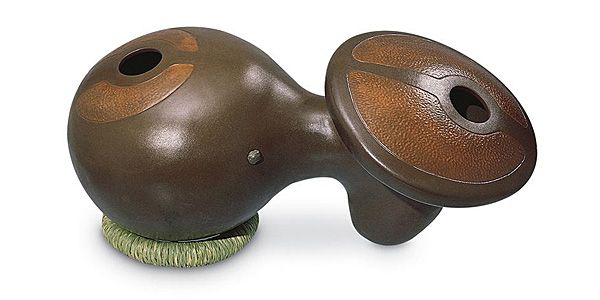
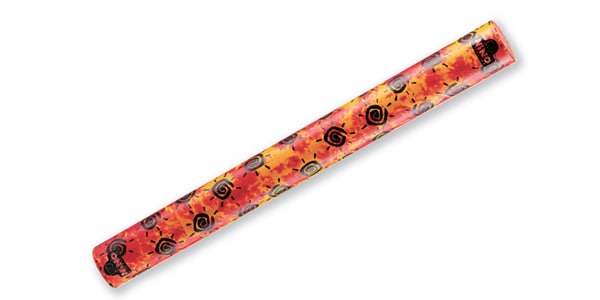
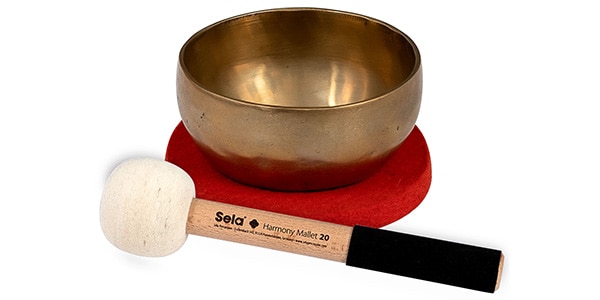
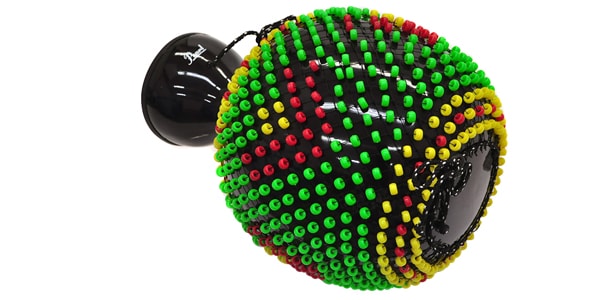
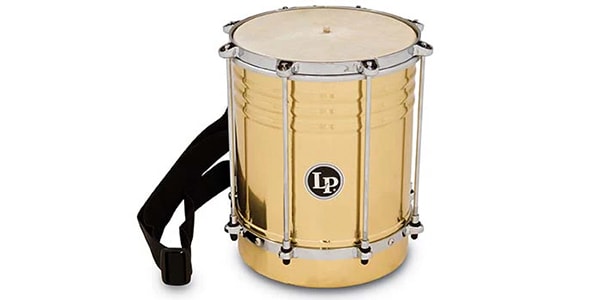





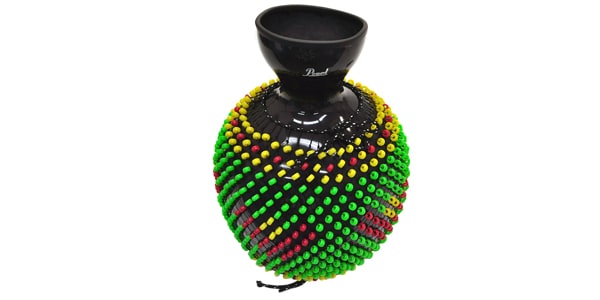

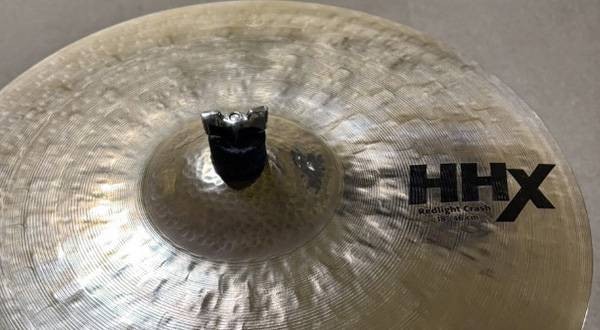

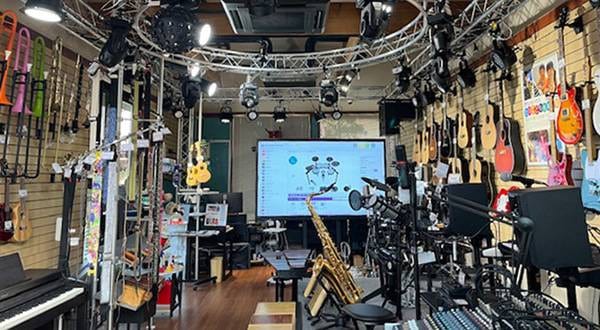
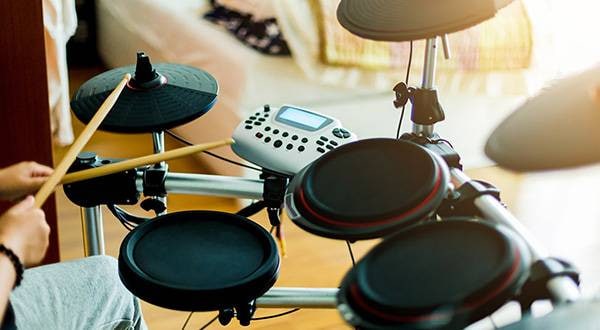






 REMO パーカッション
REMO パーカッション
 PEARL ブランドサイト
PEARL ブランドサイト
 SELA CAJON 特集
SELA CAJON 特集
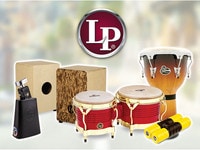 LP パーカッション
LP パーカッション
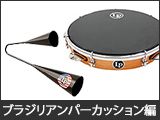 ブラジリアンパーカッション編
ブラジリアンパーカッション編
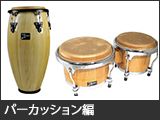 パーカッション編
パーカッション編















